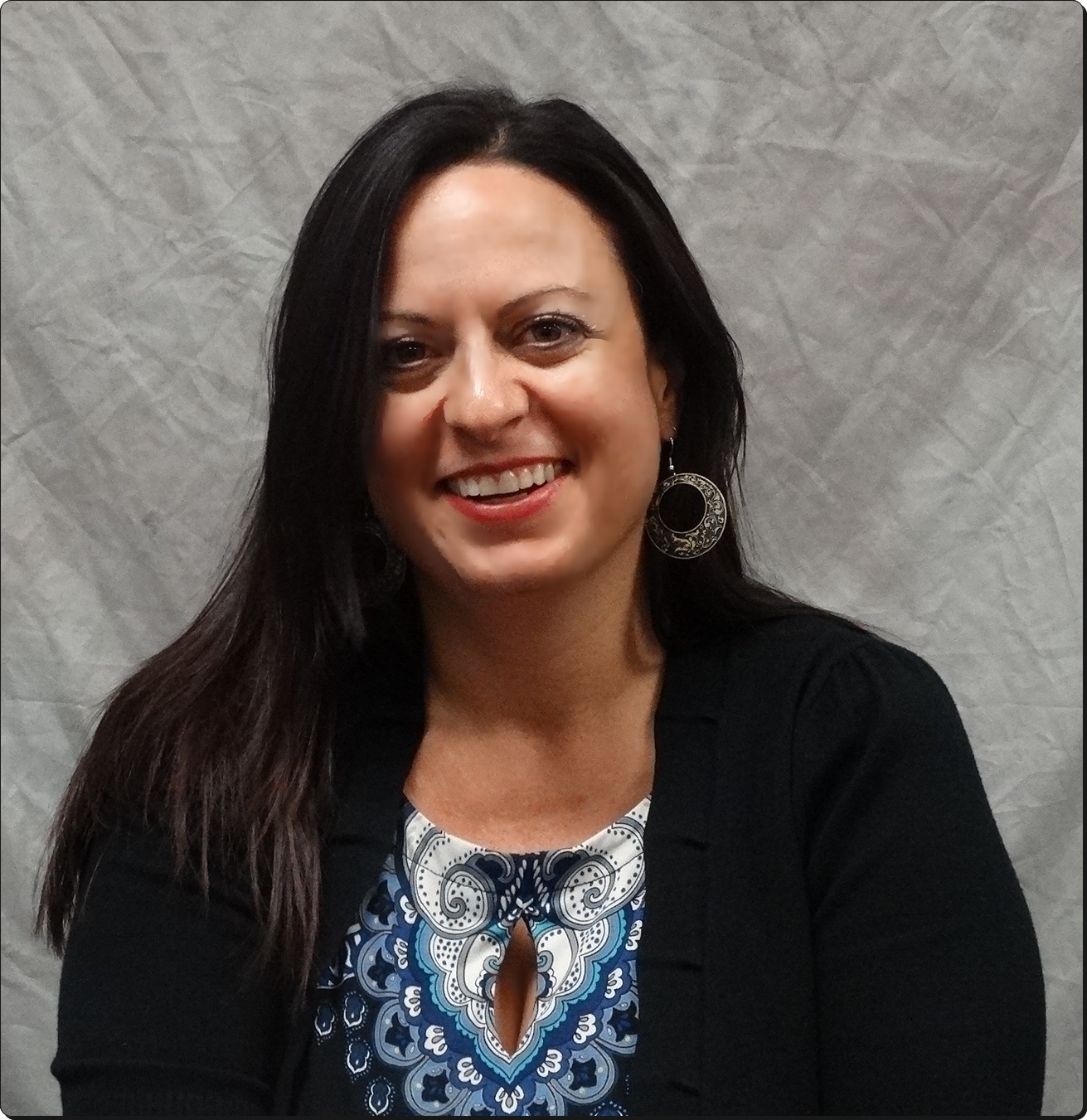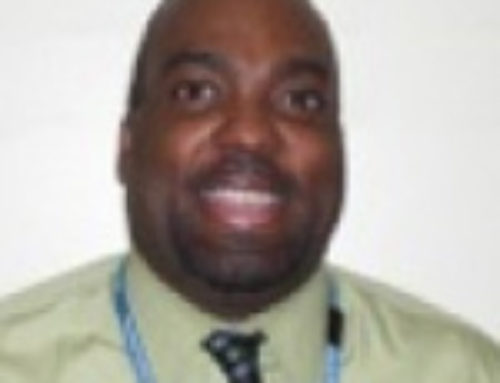 Sharlet Barnett is the recently appointed CEO of Arizona Call-A-Teen Youth Resources, Inc. (ACYR). She has worked directly with young people, youth professionals, and community groups since 1996, after graduating from the University of Alaska Fairbanks in 1998 with a degree in Psychology. During her time with ACYR she became trained in ToP methods and the Youth as Facilitative Leaders principles that she has used to help enact a project-based learning approach in summer programs that promote youth employment. She has also supported a Youth Leadership Council that uses ToP methods to advise the City of Phoenix on city wide service projects.
Sharlet Barnett is the recently appointed CEO of Arizona Call-A-Teen Youth Resources, Inc. (ACYR). She has worked directly with young people, youth professionals, and community groups since 1996, after graduating from the University of Alaska Fairbanks in 1998 with a degree in Psychology. During her time with ACYR she became trained in ToP methods and the Youth as Facilitative Leaders principles that she has used to help enact a project-based learning approach in summer programs that promote youth employment. She has also supported a Youth Leadership Council that uses ToP methods to advise the City of Phoenix on city wide service projects.
In her new role as CEO, Sharlet leads a staff of 50 dedicated and highly qualified professionals who provide training opportunities and support to over 1,500 young people each year. They are involved in advocacy for youth and creating and organizing youth programs. They also engage directly with employers and local colleges in creating training options which result in job opportunities for youth. Key partners include; Maricopa County Department of Health, Arizona Department of Education, City of Phoenix Community and Economic Development, and Maricopa Workforce Connections. In leadership, she is committed to continuing to build a culture of participation throughout the agency and offers the ACYR space to convene the ToP Community of Practice and various ToP courses as part of the effort to promote ongoing learning and excellence in practice.
Sharlet is currently a member of the Maricopa County Streets of Success Community Advisory Board and has served as a member of the Arizona Workforce Advisory Task Force. She took some time to talk with us briefly as part of our ongoing series of profiles on ToP practitioners.
1. How did you first become exposed to facilitation and ToP methods?
My mentor and former supervisor Pamela Smith introduced me to the ToP methods about 13 years ago. She has been a long time collaborator with John Oyler from Partners in Participation and encouraged me to develop my skills with facilitation.
2. When have you seen a need for facilitation?
I utilize facilitation in many different levels of my professional life. This includes; one on one conversations with staff, developing new collaborative programs, problem solving internal issues and working with the young people served by my organization to help them navigate decisions.
3. Can you share a story of a time when facilitation or ToP methods really aided in moving a group?
Young people can have a difficulty feeling engaged with groups that include adults. They are not always sure their suggestions are valuable or wanted. Utilizing facilitation techniques for brainstorming and planning allows them to participate more comfortably and develop the trust that they do have a viable point of view that is needed and will be taken seriously.
4. What do you see as unique contribution or niche you have as a facilitator?
I have learned to weave the techniques into my daily actions and conversations and will change my approach based on the group or situation that will best fit the needs of the outcome desired.
5. What are you most excited about when you think about what is happening with facilitation here in Arizona? What would you like others to know about?
I have noticed in multiple groups that facilitation in Arizona is increasing. This is occurring in multiple groups that I am engaged with including other non profits and government offices when trying to problem solve or come to group consensus.
6. What would you like to see advance in the field of facilitation and / or in the Arizona ToP network locally?
I would like to see facilitation integrated into teaching practices in Arizona. We have a high number of dropouts in our state and utilizing engaging practices to interact and solicit participation with them can help retain their focus and keep them in school. The techniques also promote problem solving skills which are essential for healthy growth and much needed in our future generations.
Learn more about ACYR at www.acyraz.org



Leave A Comment